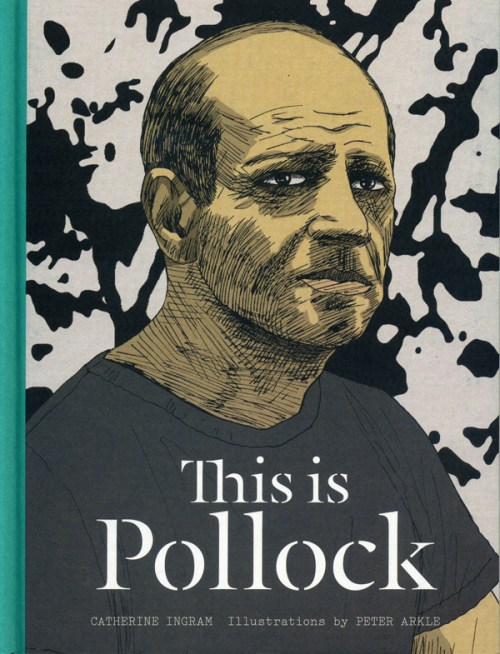Like Van Gogh, Cezanne (1839–1906) stood out from his contemporaries. He was the original bad boy, or “enfant terrible.” He was brash, experimental, and ahead of his time. Unlike Van Gogh, his life and work is not nearly as familiar to the general public. “This is Cezanne,” part of the This is Art series from Laurence King Publishing, provides an inviting and illuminating look at a most intriguing and influential artist. You will delight in this work, monograph by Jorella Andrews and illustrations by Patrick Vale.
Cezanne first gained notoriety, or infamy, from his paintings that parodied some of the leading figures from the older generation of artists. It shocked. It offended. It was a sensation. And that common thread of sensation ran through his later work concerned with the tactile and immersive. A rebel to the end, Cezanne did enjoy working with conventional compositions (still life, plein air, domestic scene), often with a sardonic twist and, just as often, with a gentle quality.
Bad boy antics aside, Cezanne was deeply interested in art tradition at its roots, going back to basics of line and color. This was also of great interest to a fellow artist provocateur, Edouard Manet. The two of them lampooned mindless art traditionalists. However, they could both be found in the Louvre studying the masters…on their own terms, gleaning what they needed.
“This is Cezanne” is available now. Visit our friends at Laurence King Publishing right here. You can also find this book at Amazon right here.






























